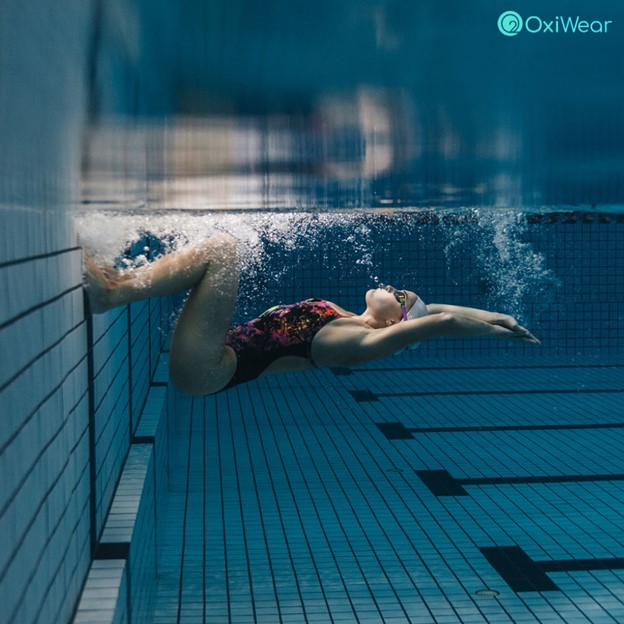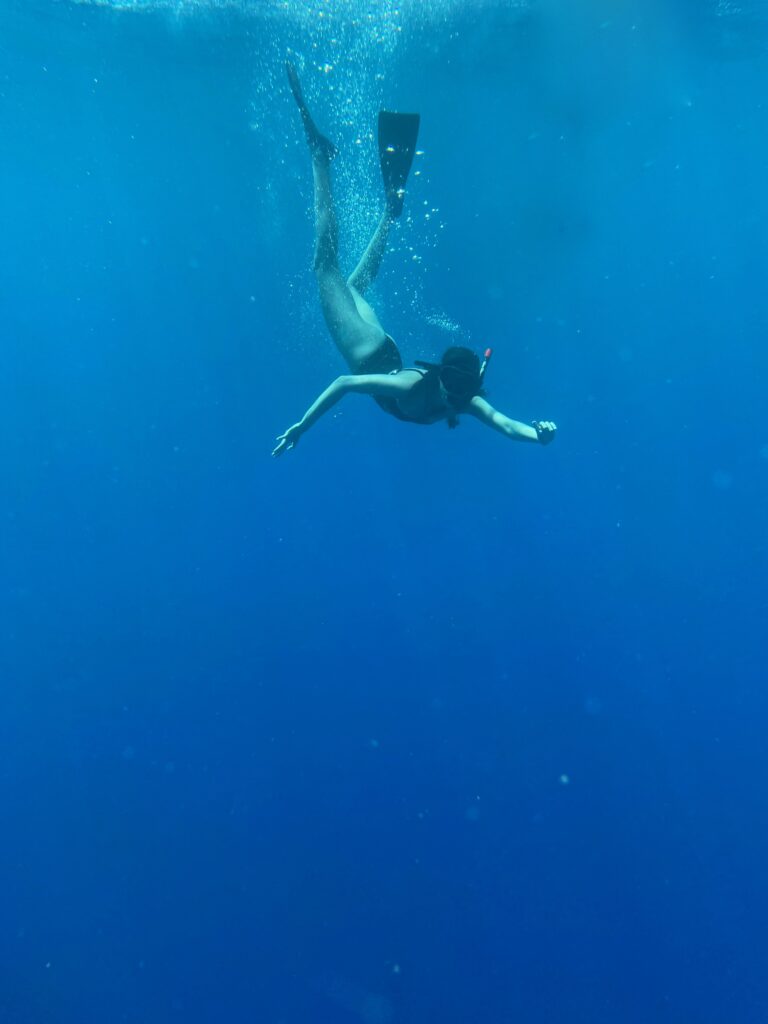
As spring and summer loom upon us, pools begin to open for leisure as well as competitive training.
A recent Swimming World article titled, Be Safe: The Dangers of Hypoxic Training and Risks of Shallow Water Blackout, reiterates the importance of pool safety and focuses on a serious aspect for competitive swimmers and free divers – hypoxic blackout. Hypoxic blackout can have fatal consequences if not understood by swimmers and lifeguards alike. According to the Centers for Disease Control and Prevention (CDC), eleven people die each day from drowning, which is ranked fifth as a leading cause of unintentional injury death in the United States alone. Hypoxic blackout is an under-reported accident that happens too often in the pool. For every fatality, there are an additional five people who require emergency care, and of those five, more than half require hospitalization and experience severe brain damage.

Understanding the basis of our breathing pattern is imperative. The body naturally processes the balance of oxygen and carbon dioxide (CO2) through our autonomic nervous system. When we inhale oxygen, the body uses it to nourish organs and muscles. When CO2 accumulates beyond normal levels, the body reacts by increasing ventilation.
In the case of swimming, there is an unnatural rhythm when breathing as the body works between two climates – air and water. The risk with strenuous activities such as swimming can cause fluctuations in CO2 levels. When CO2 builds up, it forces the body to exhale it and breathe in more oxygen. In the case of hypoxic blackout, the Swimming World article explains:
It takes less than two and a half minutes for the body to experience dangerous effects such as brain damage and death, caused by the lack of oxygen.
Hypoxic blackout can happen to anyone, especially those experienced in water-based sports. Statistics show that most victims of hypoxic blackout are often an unlikely subset of highly experienced and competitive swimmers and individuals, such as Navy Seals and free divers.
Restrictive breathing sets have many advantages to athletes but should only be conducted under the supervised instruction of coaches and lifeguards who are aware of the severe consequences if done incorrectly.
For more information: https://www.swimmingworldmagazine.com/news/be-safe-the-dangers-of-hypoxic-training-and-risks-of-shallow-water-blackout/